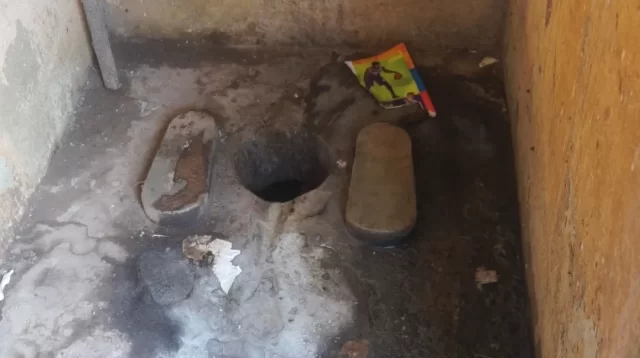By: Joyce Kantam Kolamong
Water and decent toilet facilities are a requirement for every human settlement. For academic institutions, the availability of water and decent toilet facilities presents conducive opportunity for students to concentrate on their academic activities.
However, some Senior High Schools in the Northern Region cannot boast of these basic amenities.
A WASH assessment conducted by GBCNews in six Senior High Schools in the Tamale metropolis revealed a rather poor and perilous sanitary condition. The development has become a source of worry for students, as it exposes them to unhygienic practices. The current situation portrays an unofficial institutionalization of open defecation, which defeats the government’s objective to eliminate the practice by the year 2030.
Making WASH Work in SHS
The provision of WASH facilities in schools are necessary for ensuring the adoption and maintenance of safe environmental sanitation and hygiene conditions in schools to avert the spread of infections and enhance students’ wellbeing. Schools often lack drinking water, sanitation and hand washing facilities. Alternatively where such facilities do exist, they are often inadequate in both quality and quantity.
An assessment conducted by the Northern Regional Interagency Coordination Committee on Sanitation (RICCS) revealed that 72 percent of Senior High Schools in the region do not have adequate and hygienic latrines for both students and staff.
A walk-in visit by GBCnews to six Senior High Schools in the metropolis revealed a very poor, dilapidated and in some cases death trapped toilet facilities in these schools.
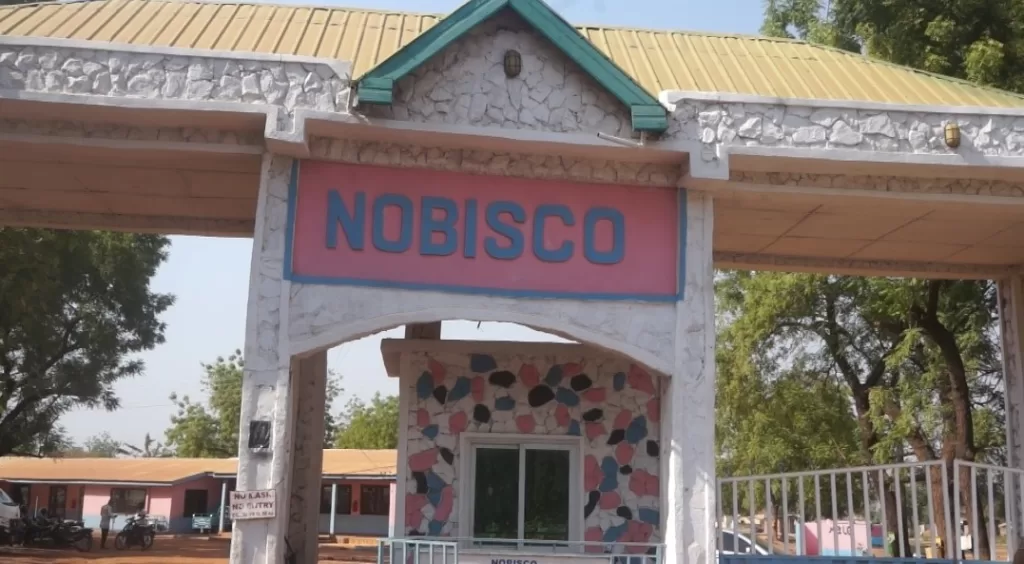
Northern School of Business- NOBISCO, Islamic Science Senior High School, Tamale Girls Senior High School, Vittin Senior High School, Tamale Senior High and Business Senior High Schools all had their toilets so full that the stench and heat that emanate put students off from patronizing them. Latrines in these schools are hardly siphoned while drop-holes in girls’ dormitories are chocked with menstrual pads and other cleansing materials.
Female students put their menstrual pads into Water Closets as most of the Water Closets have become unusable and have been abandoned.

An observation of the situation of SHS without water and toilet facilities in the Northern Region can be categorized into three: those that do not have water and toilet facilities at all, those that have but they are not enough to cater for the high number of students, and those that have some water but their toilets are water-closet facilities where there is no running water to flush them after use. In all these situations, students queue, especially in the morning and evening to go to toilet, and those that cannot withstand the pressure either defecate in polythene bags and dump them in nearby bushes or openly defecate around the school. In the case of water, students walk long distances in search of the scarce commodity. These do not only present challenges for effective academic exercise but also a source of risk for especially female students.
The Students Situation and Hopelessness
“As far as there is eating definitely we will shit and sometimes when you go there what you will see will even make the feaces to vanish because you wouldn’t feel like shitting”, A form 3 student indicated.
Another student said “Sometimes we take rubbers and defecate inside and throw it away because the toilet is not good, students go inside and feel like not doing it inside, therefore they do it inside a polythene bag and export it”.
The male students were not left out. One noted “That was last two semesters, part of our toilet got broken, it happened in the night. If it had happened during the day, it would have been disastrous. Our toilet is in a deplorable state so some of the boys like defecating in the open. We are pleading on the government and old students of NOBISCO to come to our aid”.
The worst of all the SHSs in terms of poor sanitation and toilet facilities was Islamic Science Senior High. The school has about ten toilet structures including those with water closets, but all of them were unusable. The two female toilets facilities in the school have become death trap with some of the pits caved in. The old and dilapidated roofing sheets were almost falling off from the rooftop while the pits were decorated with used pads and filled to the brim. The female students said almost every student practice open defecation because of the situation, hence a spot popularly known for the act has been termed “Headquarters for Open Defecation”.
Hamidu Bansi Latifa is the Grounds Prefect of the school. “This is the headquarters of open defecation here and due to the insanitary conditions of the toilets, some resort to open defecation. The situation has compelled some of the students to opt as day students”.
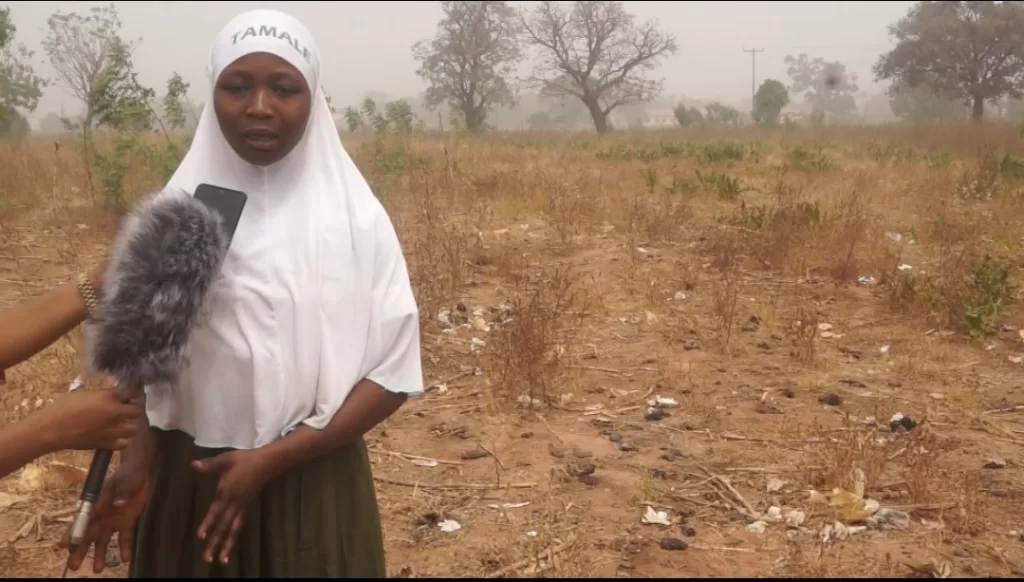
The News team suddenly caught sight of one of the students rushing to the bush to defecate, ” I’m going to toilet because our toilet is not conducive for shitting”, she opined.
“Ever since the toilets were built, they have never been siphoned. The last time the people came,they couldn’t drain it because they said the fecal matter in the toilet is dried so they went away”, one student stressed.
The neatly arranged yellow gallons popularly called “Kuffour Gallons” at the court yard of the girls dormitory at Tamale Girls Senior High school showed a vivid picture of how water has become a scarce commodity to the girls in the school. For these girls, their dreadful moment is when they have to deal with their menstrual hygiene in the midst of water scarcity.
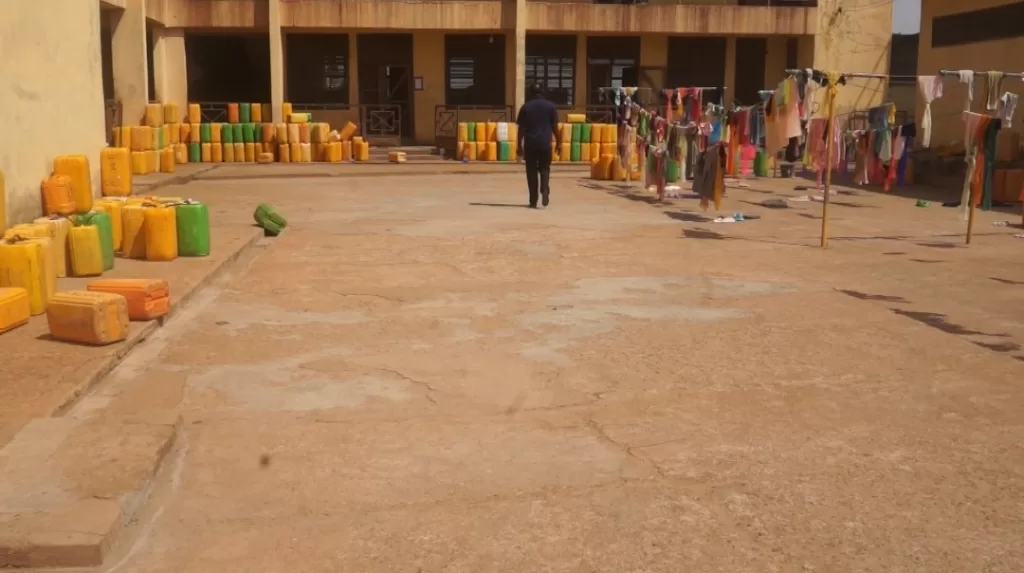
A student indicated,” In a week, we are given one yellow gallon of water, then weekends we struggle to buy and even the water is not clean. If we are in our menses we are supposed to bath twice but because of inadequate water, we bath once and the situation makes us uncomfortable in class”.
Kabiru Hafsat is the General Prefect of the school, “Our lightening system is very bad and where our toilet is situated, there are no lights and most students free themselves at night and they do that openly”.
“When you squat on the toilet, the heat that emanates is unbearable and sometimes in a day, you will see about 20 students going to the clinic to receive injections and drugs due to infections. We are appealing to Authorities to help us get light, we need toilet facilities in our dormitories to prevent students going out at night and even strangers can jump in and harm us”. A form three student appealed.
Heads of the various institutions all acknowledged the challenges students were facing due to inadequate WASH facilities, but indicated they were helpless. According to them, several pleas and appeals to government agencies, NGOs and other organisations had not yielded much effort as school facilities continue to be overstretched due to high admission numbers.
Finding Solutions/ Way Forward
Having a hygienic school can often be overlooked. However, hygienic environments play major roles for better health and school performances as it creates enabling environment for effective teaching and learning.
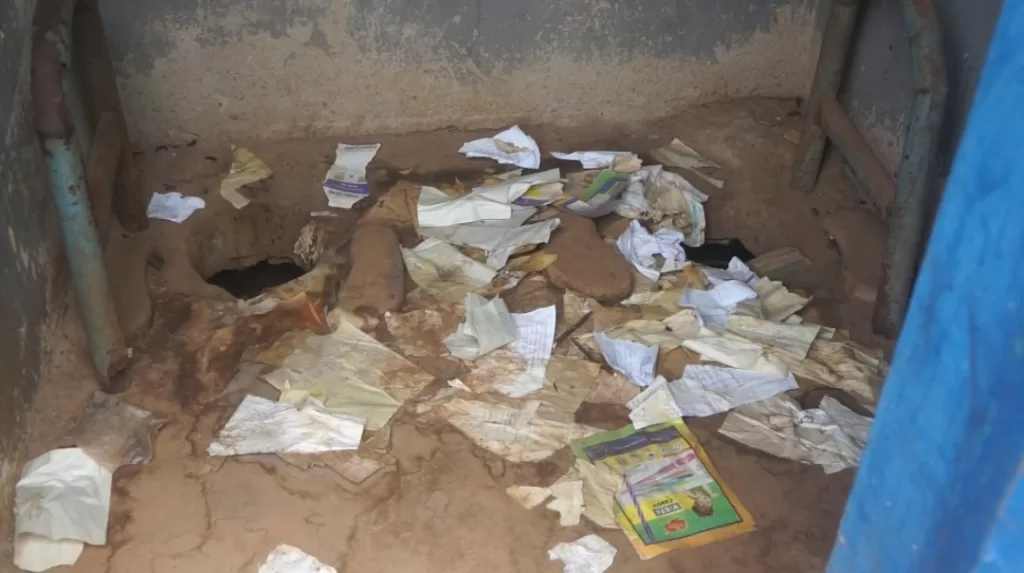
In the last three years, SHS education became free in the country. This led to increase in the number of students accessing secondary education across the country. The trend has put more pressure on the already overstretched WASH facilities at SHSs in the region.
It is imparative that Government needs to prioritize issues of WASH at the SHSs and commit to a feasible plan to provide adequate water and toilet facilities to the schools.
The need for mechanized boreholes for SHSs is imperative while promoting good hygienic practices amongst students, especially females when they are experiencing their menses.
Also, if the drop-pits and water closets are not working for schools, the government and relevant organisations can prioritise alternative toilet facilities that use less water. This will aid the country’s objective of eliminating open defecation. This will not only help in efforts at achieving the SDGs 6 which is to ensure availability and sustainable management of water and sanitation for all, but will also ensure improved performance of students as they will spend more time on their academic expectations.


